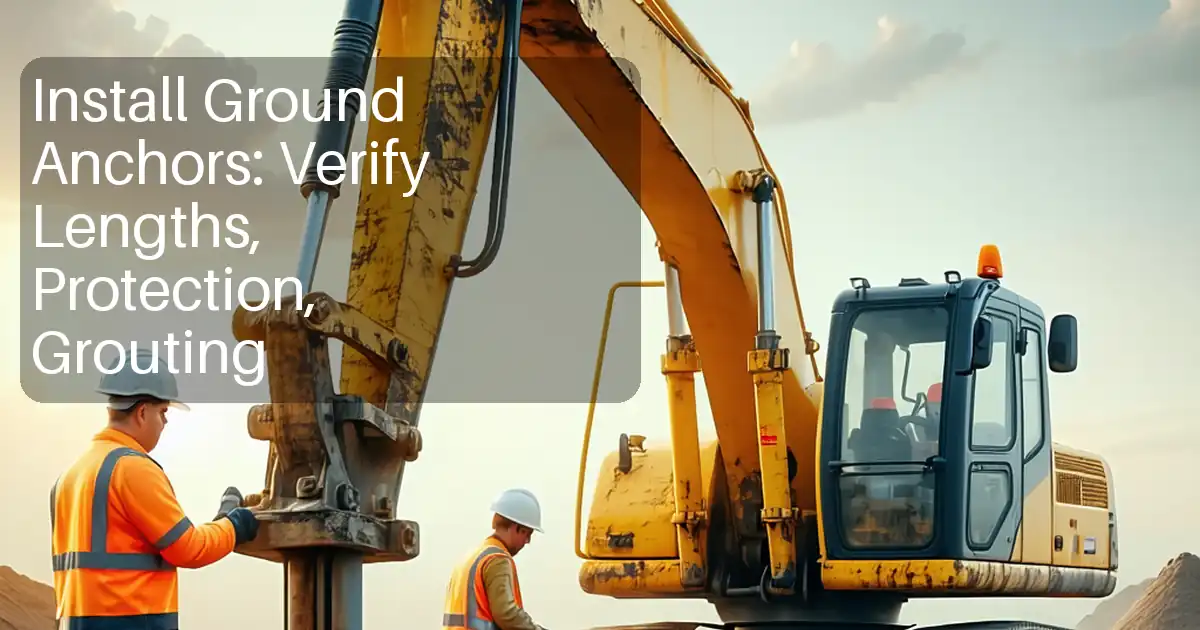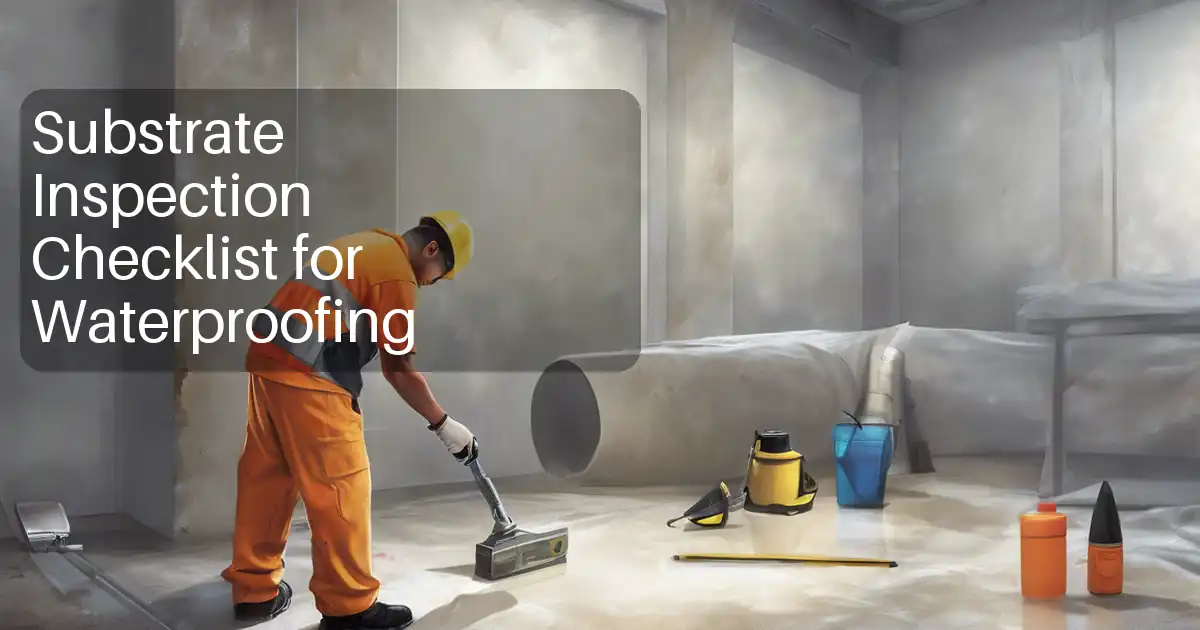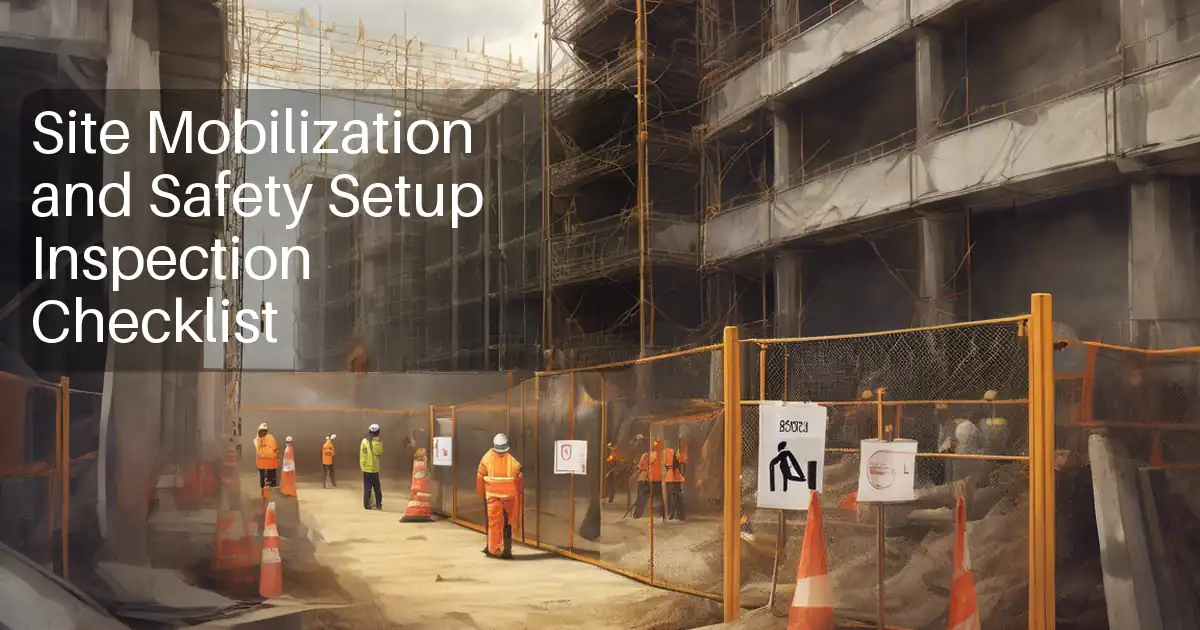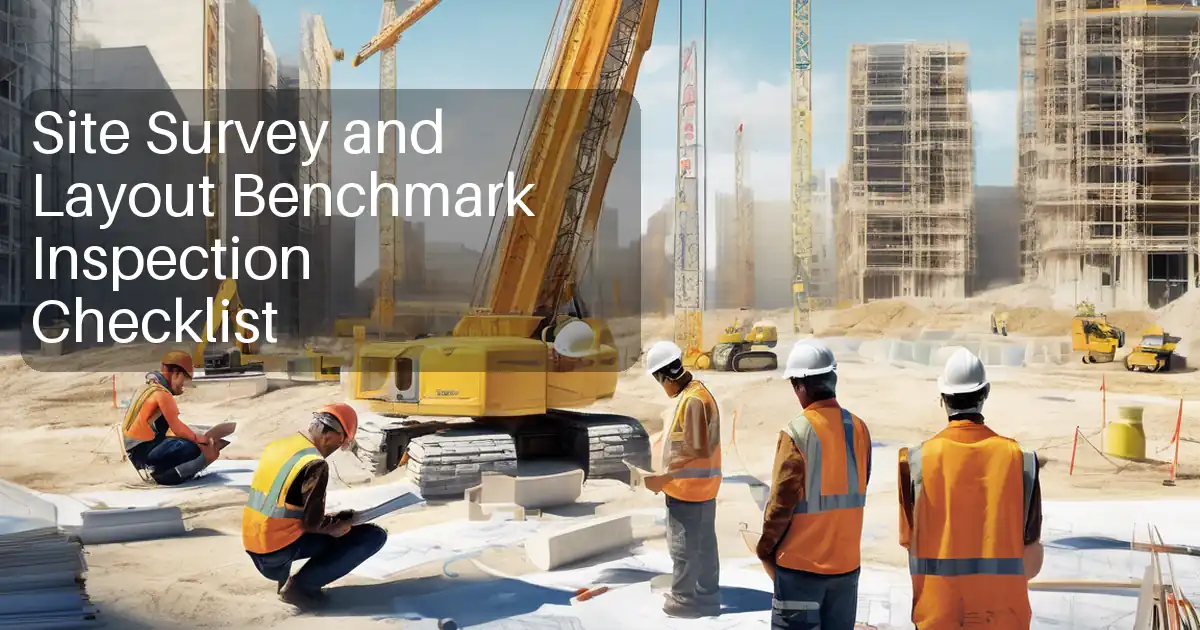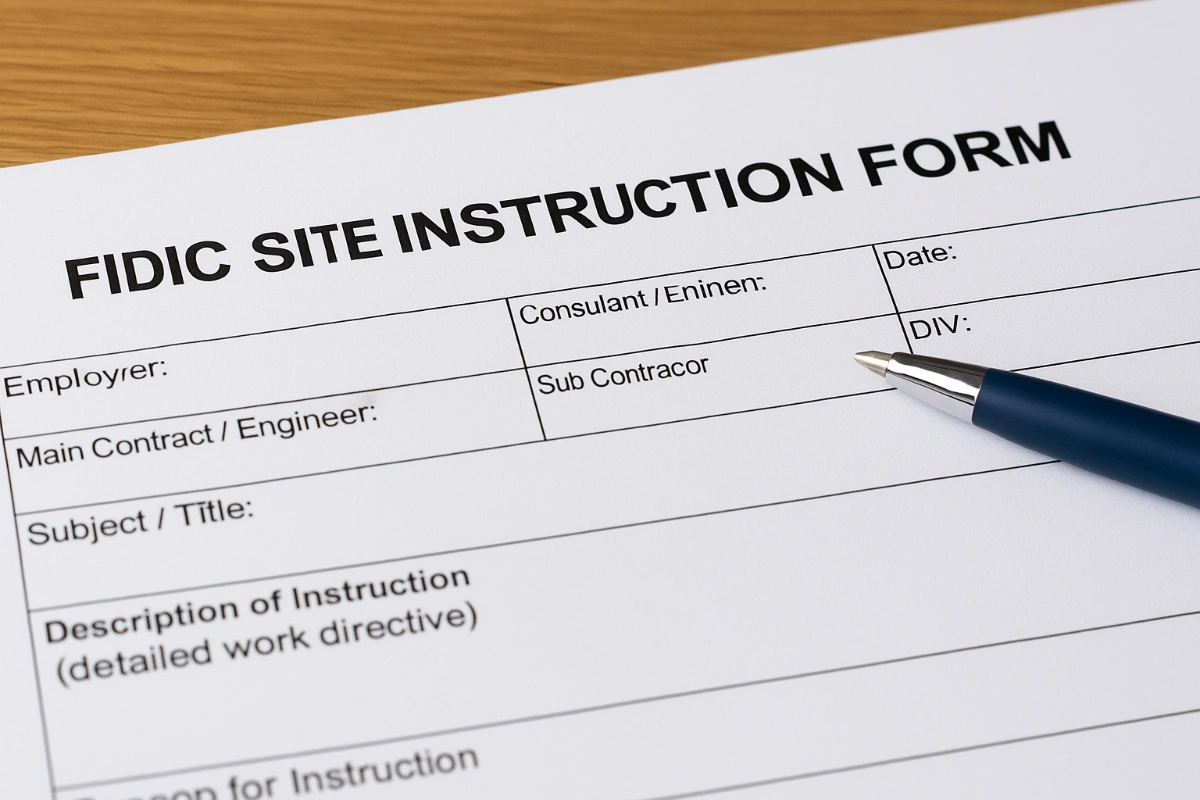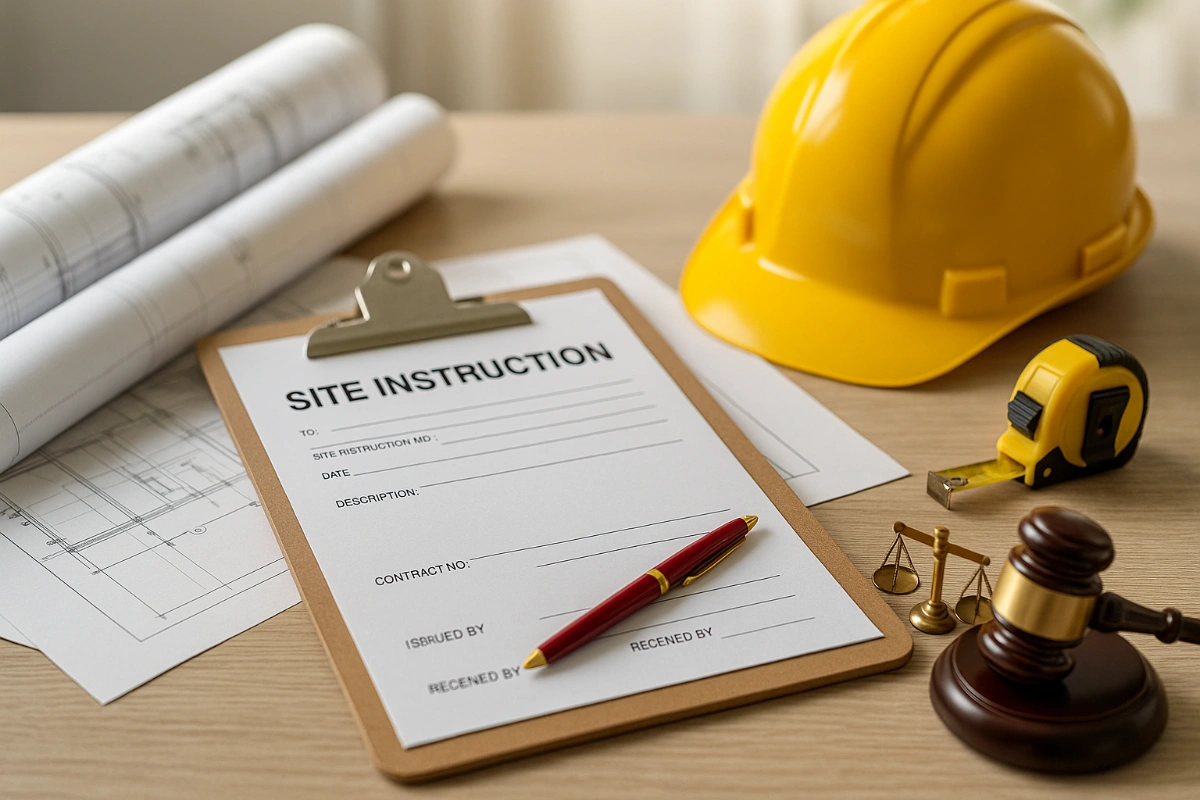Site Clarifications (RFIs) in Construction — Definition, Legal Meaning & Free Templates
Executive summary
A site clarification—often issued as an RFI (Request for Information) or Technical Query (TQ)—is a formal, written question used to interpret drawings, specifications, or site conditions without changing scope. It seeks the Engineer/Consultant’s interpretation so work proceeds in line with the contract. Legally: a clarification is not an instruction; if the reply changes time, cost, or scope, it must be escalated and issued as a Site Instruction (SI) and/or Variation/Change Order, preserving notice and EOT/cost entitlements. Keep unique IDs, timestamps, and attachments to protect both parties.
Terminology note (important for clarity)
In this article, RFI means Request for Information (site clarification).
In some regions, RFI is also used to mean Request for Inspection (also called WIR/IR/ITR)—that is a different process focused on quality/inspection sign-offs.
If you’re looking for inspection forms and checklists, see: Work Inspection Request (WIR) — Guide & Free Checklist and Work/Inspection Request (WIR/ITR) Templates Request For Inspection (RFI)
Free downloads
-
Site Clarification / RFI (Excel) — dropdowns & auto “Days Open”
• Download Site Clarification (RFI) as XLSX
• Download Site Clarification (RFI) as PDF
• Download Site Clarification (RFI) as WebP -
Flowchart — see Flowchart (Workflow).
Pro tip: Import the XLSX into Google Sheets to collaborate, then add data-validation lists (Status/Priority/Discipline) and a pivot dashboard for SLA/aging.
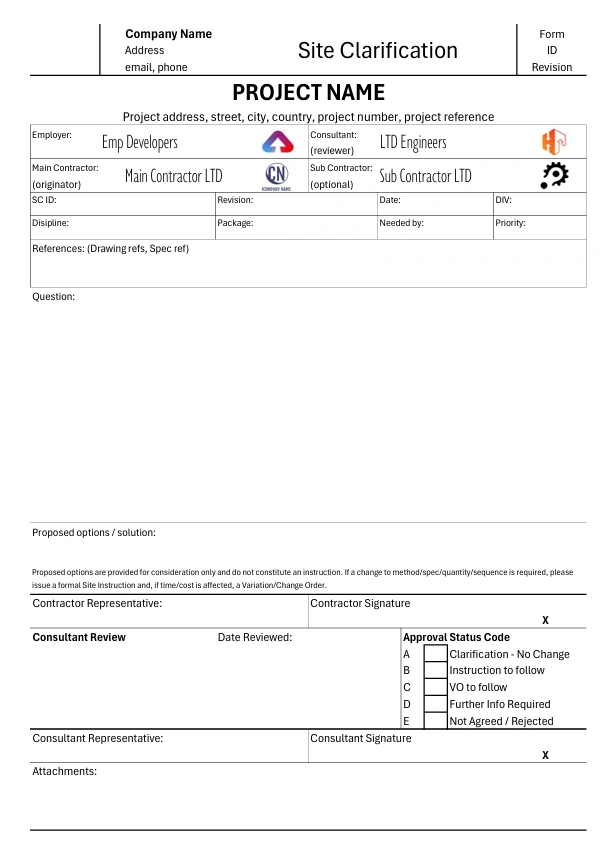
Risks & watch-outs (read before you submit)
-
Treating changes as “clarifications” to bypass change control
-
Verbal answers or minutes with no written confirmation
-
Missing a needed-by date → programme slippage
-
Ambiguous replies (“use best judgment”) → quality/warranty risk
-
Not linking downstream updates (drawings, method statements, ITPs)
1) What is a Site Clarification?
A formal, logged question seeking interpretation of the existing contract documents or site conditions. It’s interpretive (not directive) and cannot change scope/time/cost on its own.
Related but different
-
Site Instruction (SI / ASI / Field Order) : directs work; can change scope
-
Variation / Change Order : adjusts time/cost/scope via the contract mechanism
-
NCR / Defect: quality non-conformance, not an information request
-
WIR / Request for Inspection : inspection sign-off workflow (different article)
2) Other names you’ll hear (use in your glossary & SEO)
-
RFI — Request for Information (most common)
-
TQ — Technical Query (common in ME/Asia and oil & gas)
-
RFC — Request for Clarification
-
DQ / DCR — Design Query / Design Clarification Request
-
FIR — Field/Information Request
-
SQ / CQ — Site Query / Contractor’s Query
(Related but not the same: SI/ASI/Field Order, VO/CO, WIR/IR/ITR, RFD/TDR—Request for Deviation).
3) When to raise a site clarification
-
Ambiguities/contradictions between drawings/specs/BoQ
-
Missing dimensions, levels, tolerances, interfaces
-
Discipline clashes (e.g., MEP vs. structural openings)
-
Differing/unforeseen site conditions or access constraints
-
Authority/regulatory requirements not captured in design
-
Sequencing/method decisions that require design confirmation
4) Roles & responsibilities
-
Contractor/Subcontractor: identify early, draft focused question, propose Options A/B with time/cost notes, submit & chase
-
Engineer/Consultant: evaluate, reply unambiguously, escalate to SI/VO if change arises
-
Employer/Client: decisions affecting scope/cost/time
-
Designers/Third Parties: specialty input; coordinated replies
5) Workflow (end-to-end)
-
Initiate: assign SC_ID, set Needed-By (SLA), choose distribution list
-
Draft: context → one clear question → Options A/B (with impacts)
-
Attach: cropped mark-ups, sketches, photos, excerpted specs
-
Submit: via CDE/email; auto-PDF; update the log
-
Track: reminders before SLA; escalate per ladder
-
Respond: unambiguous decision; reference documents; note if instruction/variation is required
-
Close-out: link SI/VO numbers; update drawings/methods/ITPs; archive
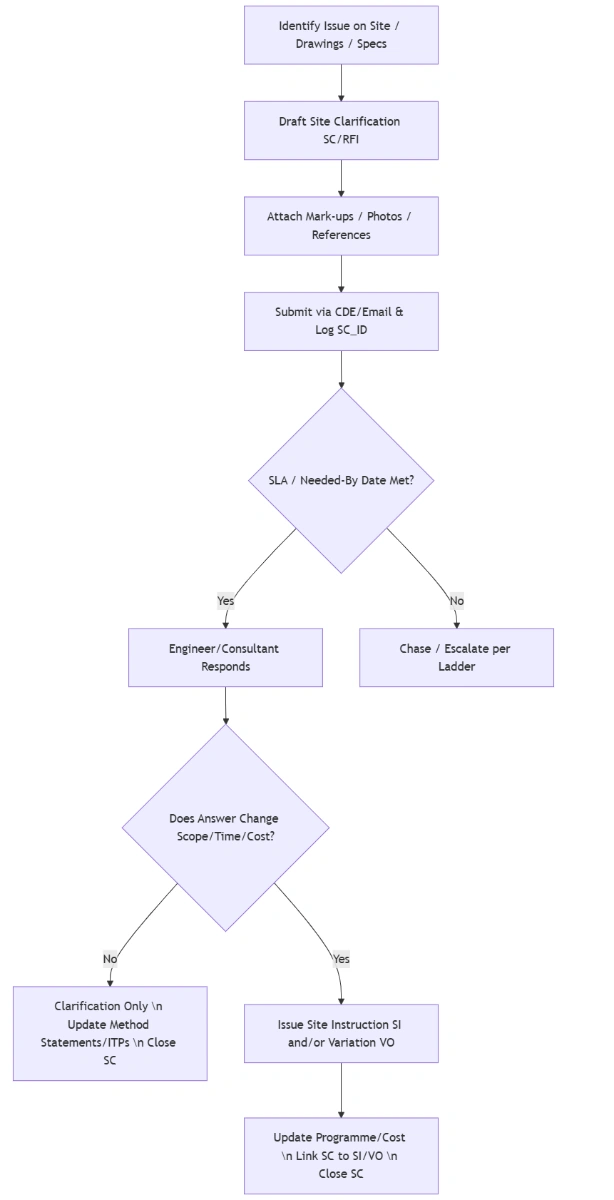
6) Communication & document control (CDE/email)
-
Store in a Common Data Environment with metadata (SC_ID, discipline, status)
-
Subject taxonomy: [SC][Project][Discipline][SC_ID] — Short Title (Needed-By: DD-MMM)
-
One SC per email thread; keep the final PDF in the CDE
-
Minutes/site-walk notes should reference the SC_ID
7) Writing high-quality questions & answers
Do
-
Keep to one topic per SC
-
Put Needed-By and potential programme impact up front
-
Provide Options A/B with time/cost flags
-
Use precise, cropped visuals
Don’t
-
Combine unrelated issues
-
Use ambiguous or subjective wording
-
Bury the key question under screenshots
-
Accept unclear answers—seek an SI/VO if direction is given
8) Contractual & legal (framework-agnostic)
-
Authority: only authorized parties can instruct; clarifications do not instruct
-
Trigger for change: if the reply directs a different method/quantity/spec/sequence, request an SI and—if it affects time/cost—a Variation/CO
-
Time bars & notices: submit timely notices and reserve rights in the SC (e.g., “Possible time impact if decision after Needed-By”)
-
Entitlements: late/changed direction may support EOT/cost—only if notices and records exist
-
Recordkeeping: preserve chronology (submission, chasers, meetings, final answer)
9) Interfaces with other controls
-
SC ↔ SI: clarification that turns directive must be formalized
-
SC ↔ Variation: directive that affects time/cost → VO/CO
-
SC ↔ Risk Register: recurring themes become risks/actions
-
SC ↔ Schedule: tag impacted activities; watch the critical path
-
SC ↔ Procurement: hold POs until critical SCs are closed
10) KPIs & dashboards
-
Median turnaround and % overdue vs SLA
-
Aging buckets: 0–7 / 8–14 / 15–21 / 21+ days
-
First-pass answer rate (no re-open)
-
Conversion: SCs → SI/VO
-
Top drawings/disciplines by volume (target coordination)
Simple formulas (Excel/Sheets):
Days_Open = IF(Respond_Date="", TODAY(), Respond_Date) - Submit_Date
Overdue flag: =AND(Respond_Date="", TODAY()>Needed_By)
11) Examples & micro case studies
-
Detailing gap, no change: façade anchor spacing confirmed; no SI/VO; method statement updated; SC closed.
-
SC → SI → VO: ceiling service clash; reply instructs new route (SI); QS raises VO for added work/time.
-
Late reply, critical delay: SC on waterproofing unanswered for 12 days on the critical path; contractor issues delay notice; EOT claim supported by log & chasers.
12) Best-practices checklist
-
One topic per SC; clear question up front
-
Add Options A/B with time/cost notes
-
Set Needed-By aligned to the look-ahead
-
Log → chase → escalate before the SLA lapses
-
On any change signal, insist on SI/VO
-
Close the loop: drawings, methods, ITPs, procurement, schedule
13) Glossary (quick scan)
SC: Site Clarification • RFI: Request for Information • TQ: Technical Query • RFC: Request for Clarification • DQ/DCR: Design Query/Design Clarification Request • FIR: Field/Information Request • SQ/CQ: Site/Contractor’s Query • SI/ASI/Field Order: Site Instruction • VO/CO: Variation/Change Order • WIR/IR/ITR: (Inspection) Work/Inspection Request • CDE: Common Data Environment • WBS: Work Breakdown Structure • SLA: Service Level Agreement • EOT: Extension of Time.
14) Conclusion & CTA
Handled correctly, site clarifications reduce r isk, protect programme, and keep your project claim-ready.
Download your free pack now:
-
Site Clarification Log, RFI Register, Get the temaplate here
-
And if you came here for inspections, jump to your Request for Inspection (WIR) — Guide & Free Checklist.


